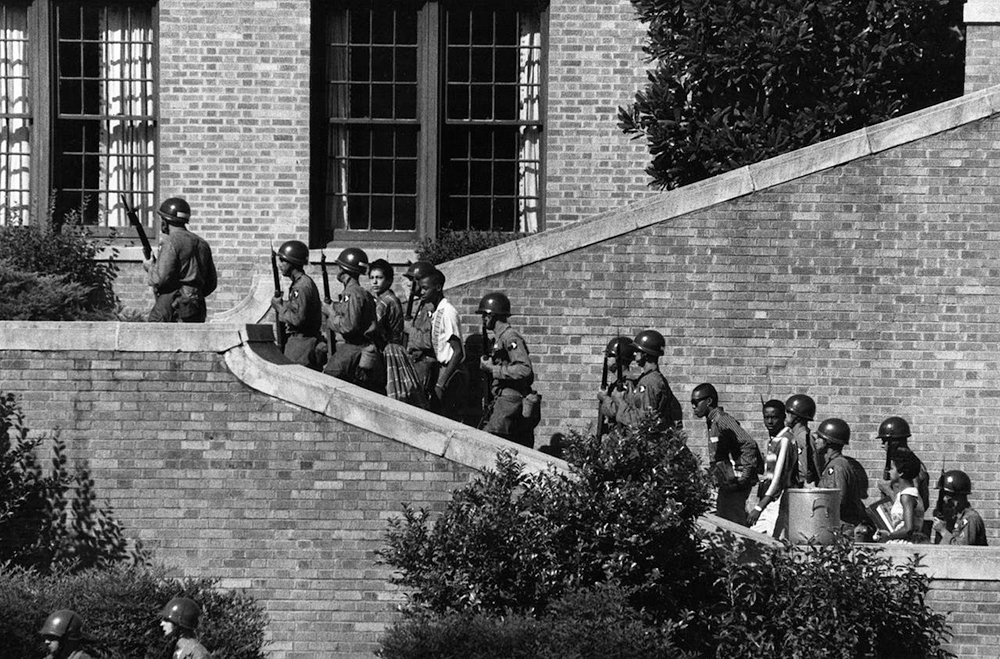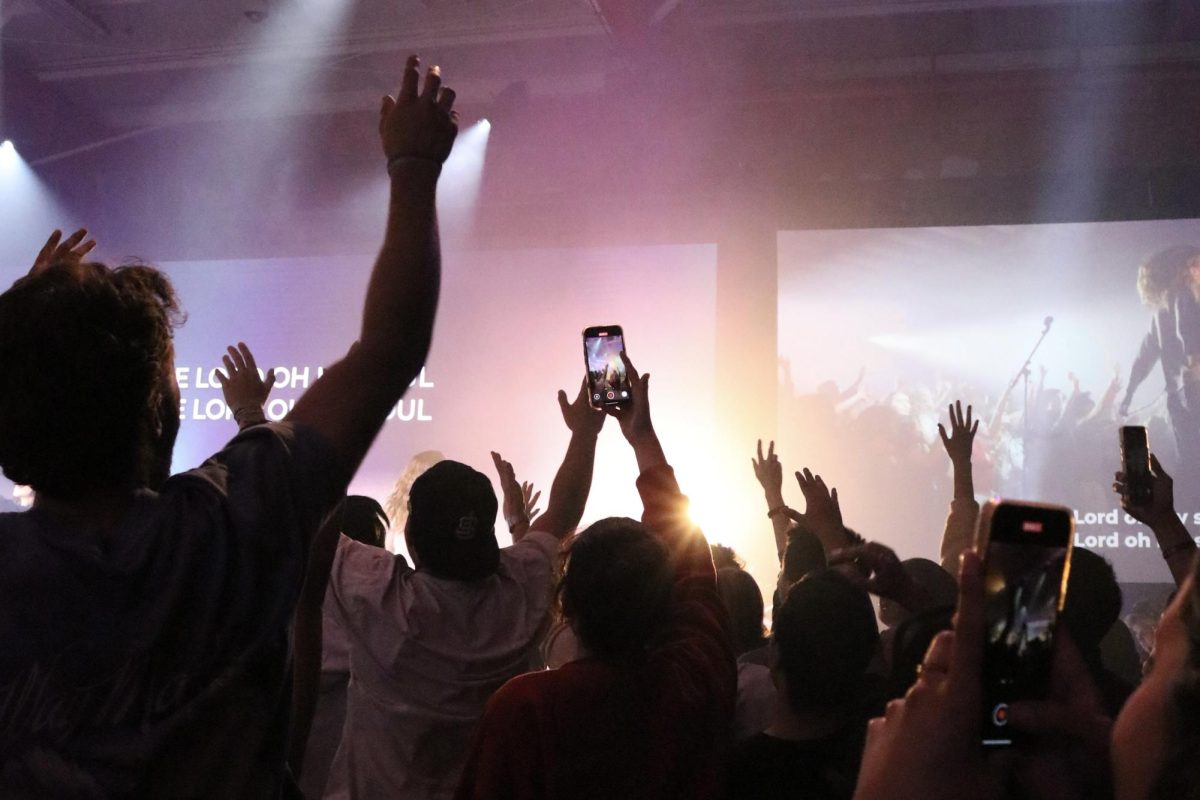Racial reconciliation begins with open discussion on structural racism and colorblindness.
People of all races, ethnicities, genders, classes and religions need to educate themselves with the struggles of the past, recognize elements of racism in institutions and power systems of the present and use action and creativity to create a better future.
TALKING ABOUT THE ISSUES
Learning the past means understanding the historical narrative of the U.S., including the relationship between settler-colonialism and the institution of slavery. In the light of police brutality and last year’s exposure of the Chicago Police Department’s secret interrogation facility, we need to connect the present with past events such as the police assassination of Fred Hampton and the FBI’s use of COINTELPRO to subvert the Civil Rights Movement. Diversifying historical perspectives entails enriching national dialogue on race with the works of revolutionary voices like James Baldwin, Bayard Rustin, Stokely Carmichael, Eldridge Cleaver, Audre Lorde and Huey Newton.
To understand the present, we must talk about the issues of the school-to-prison pipeline, militarization of law enforcement, the War on Drugs, poverty, broken criminal justice system, rampant unemployment, underfunded schools and the mass incarceration of African-Americans under a prison industrial complex. In an interview with her sister and Sarah van Gelder from YES! Magazine, political activist and academic Angela Davis stresses the need for society to “…imagine the kind of society we want to inhabit… [and] begin that process of creating the society we want to inhabit right now.”
RESTORATIVE JUSTICE
Healing racial trauma and wounds begins with our willingness to remember individuals like Michael Brown and Sandra Bland and bring restorative justice to perpetrators of violence.
According to Tricia Rose, Professor of Africana Studies at Brown University, “Structural Racism in the US is the normalization and legitimization of an array of dynamics – historical, cultural, institutional and interpersonal – that routinely advantage whites while producing cumulative and chronic adverse outcomes for people of color.”
Elements of structural racism live in unequal opportunities in areas like housing, education, mass media, banking and jobs. It seems as if much of the discourse on structural racism resides mainly in the halls of academia and activist groups. We as a society need to build a narrative inclusive of both the victims and offenders of racial violence. In the 1990s, South Africa’s Truth and Reconciliation Commission attempted to construct this narrative by engendering national discussion on victims of racial apartheid and allowing perpetrators of violence request amnesty from prosecution.This means refraining from the use of the same violence and anger used by the perpetrator to restore justice.
UNSHAKABLE RIGHTS
Rose also mentions colorblindness, the belief that “only the absence of accounting for race will bring racial equality” and an ideology that “relies on [the] idea that race no longer matters.” Discussions about race can be uncomfortable and there will be numerous disagreements on various issues. But that talk is necessary. Issues such as police brutality are not new, and to be colorblind is to make oneself ignorant of the problems particular communities have faced for generations.
We are all one people and we are all beautiful. Healing begins when we recognize that each and every one of us deserve the unshakable rights to “life, liberty, and the pursuit of happiness.”







